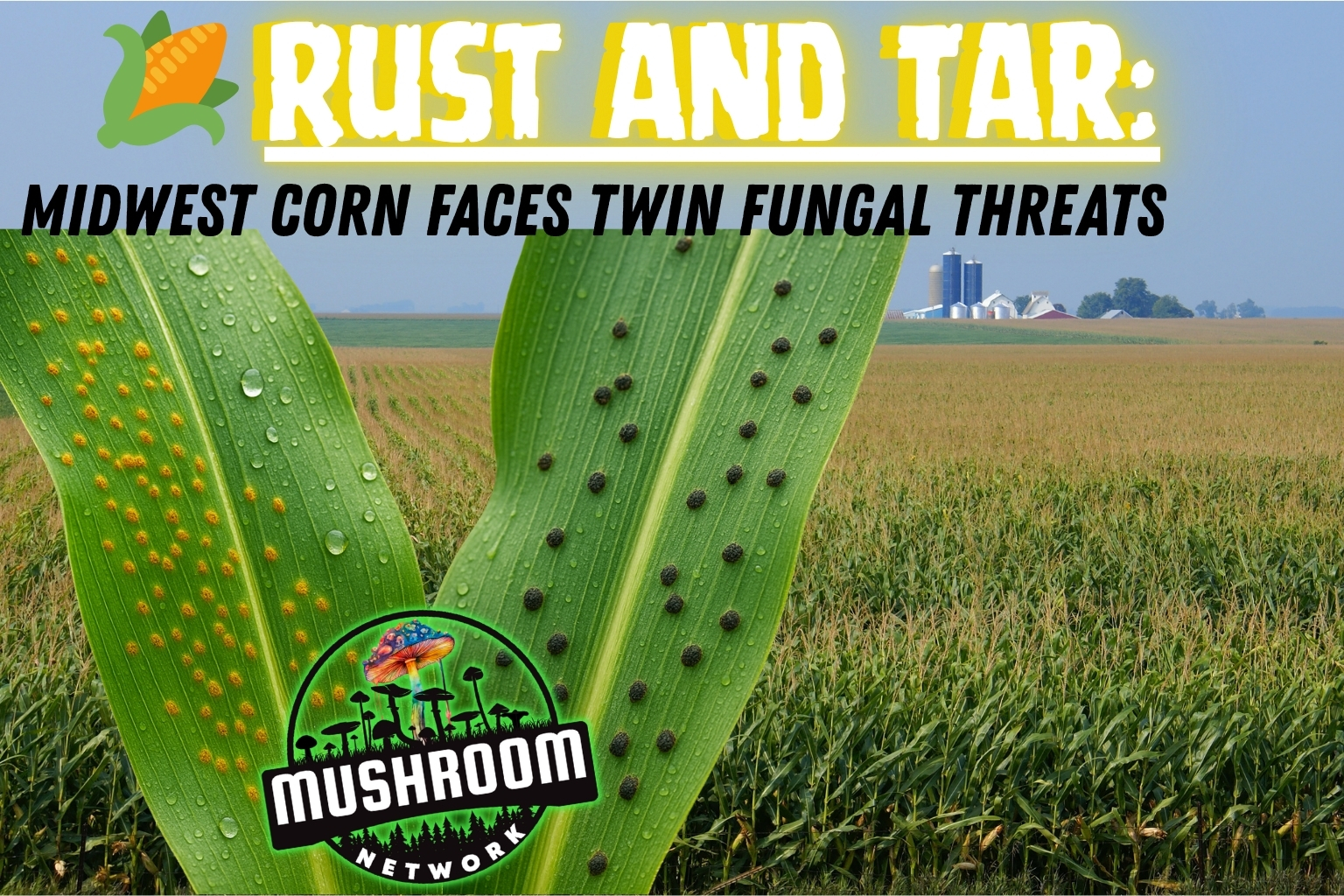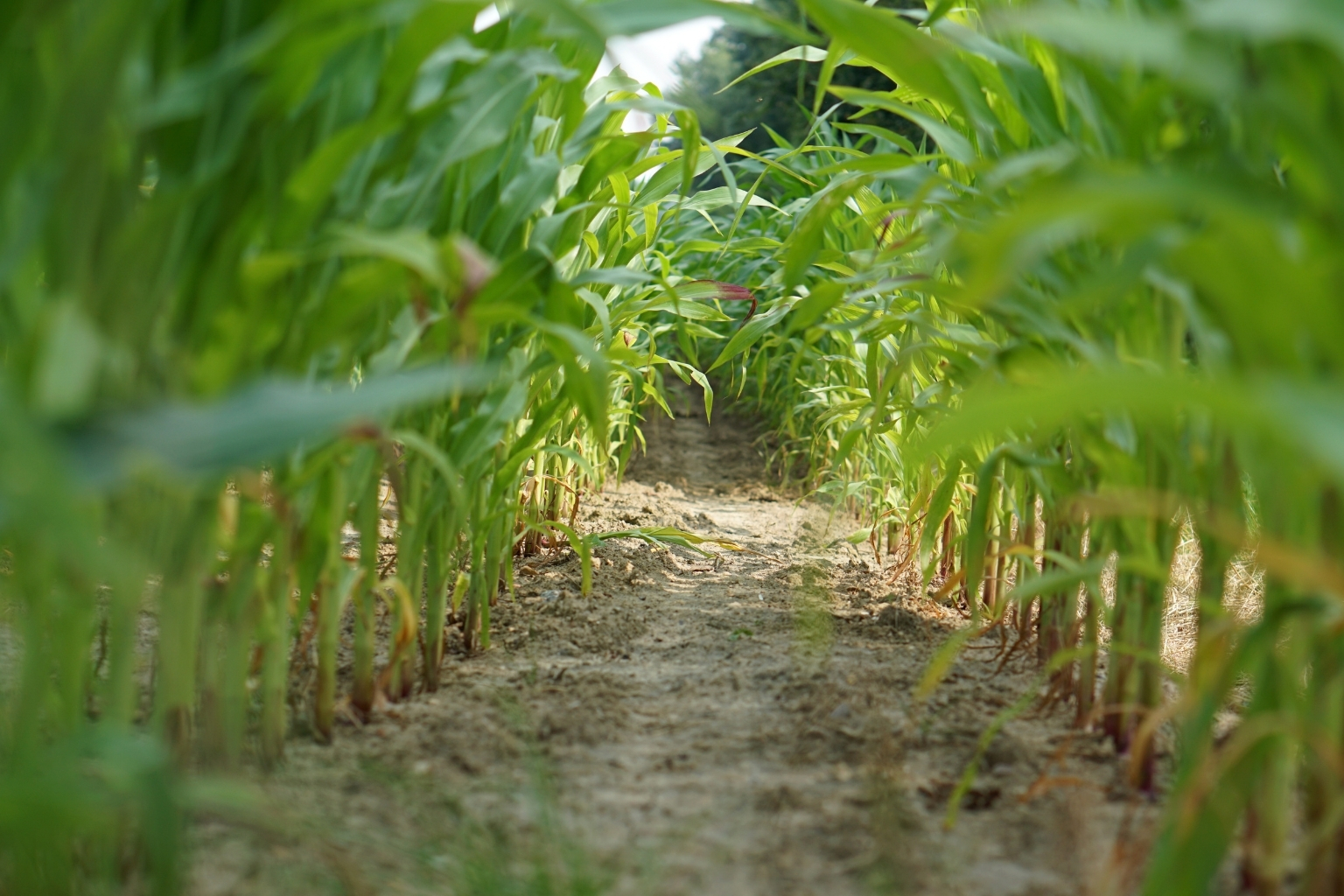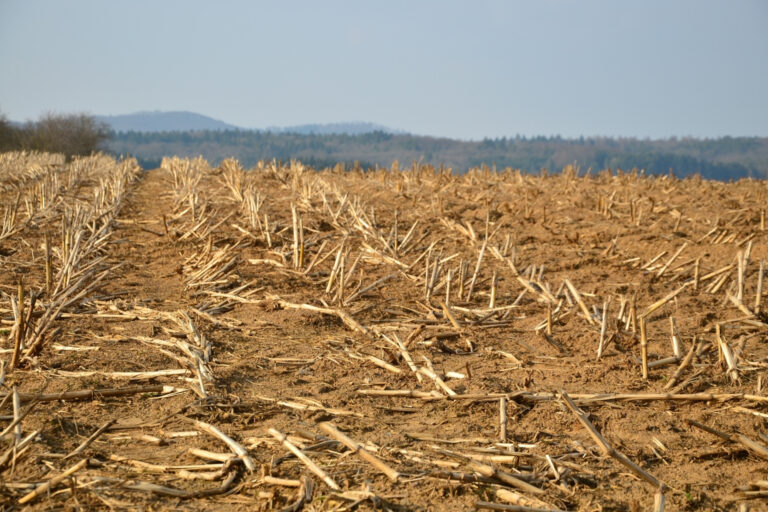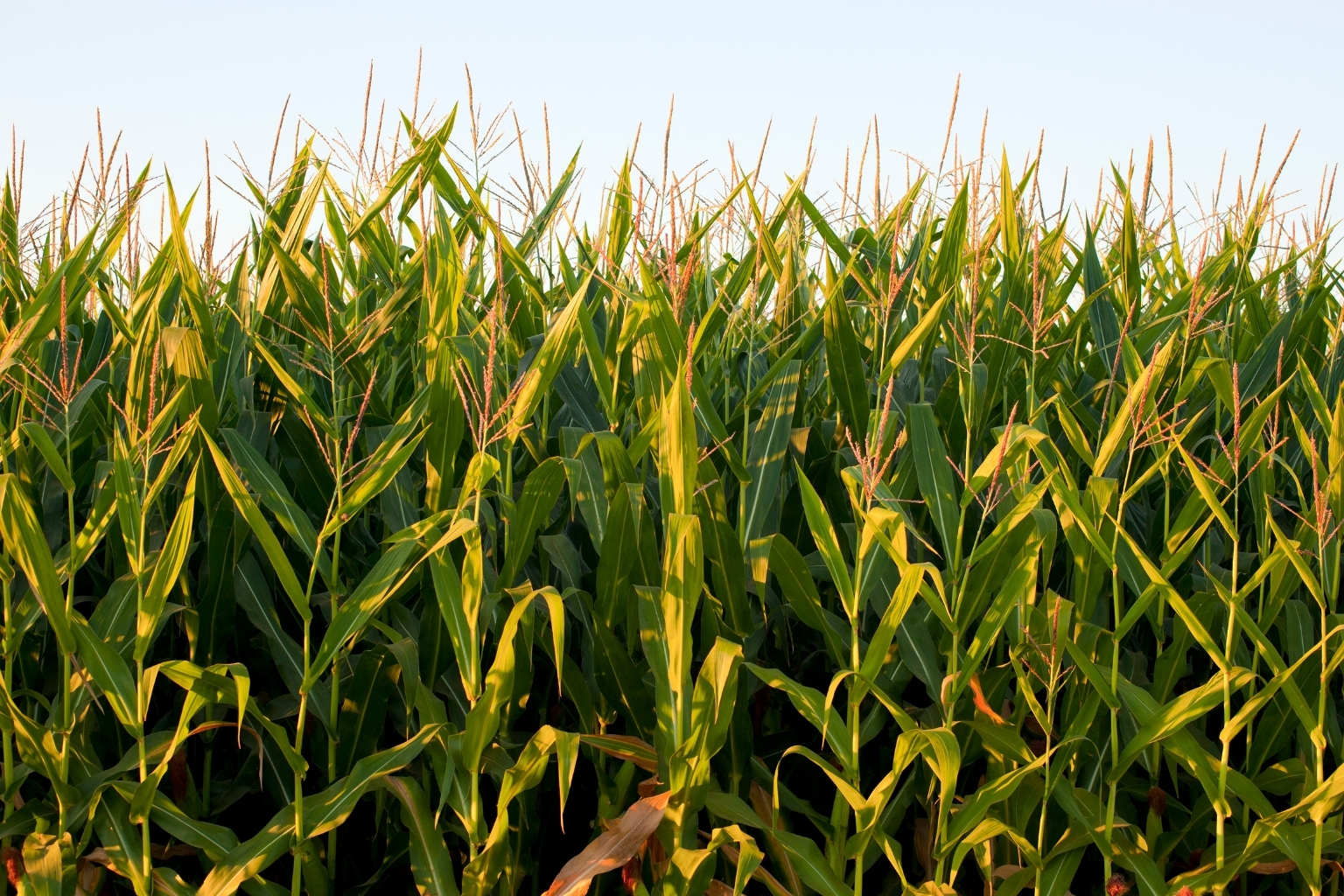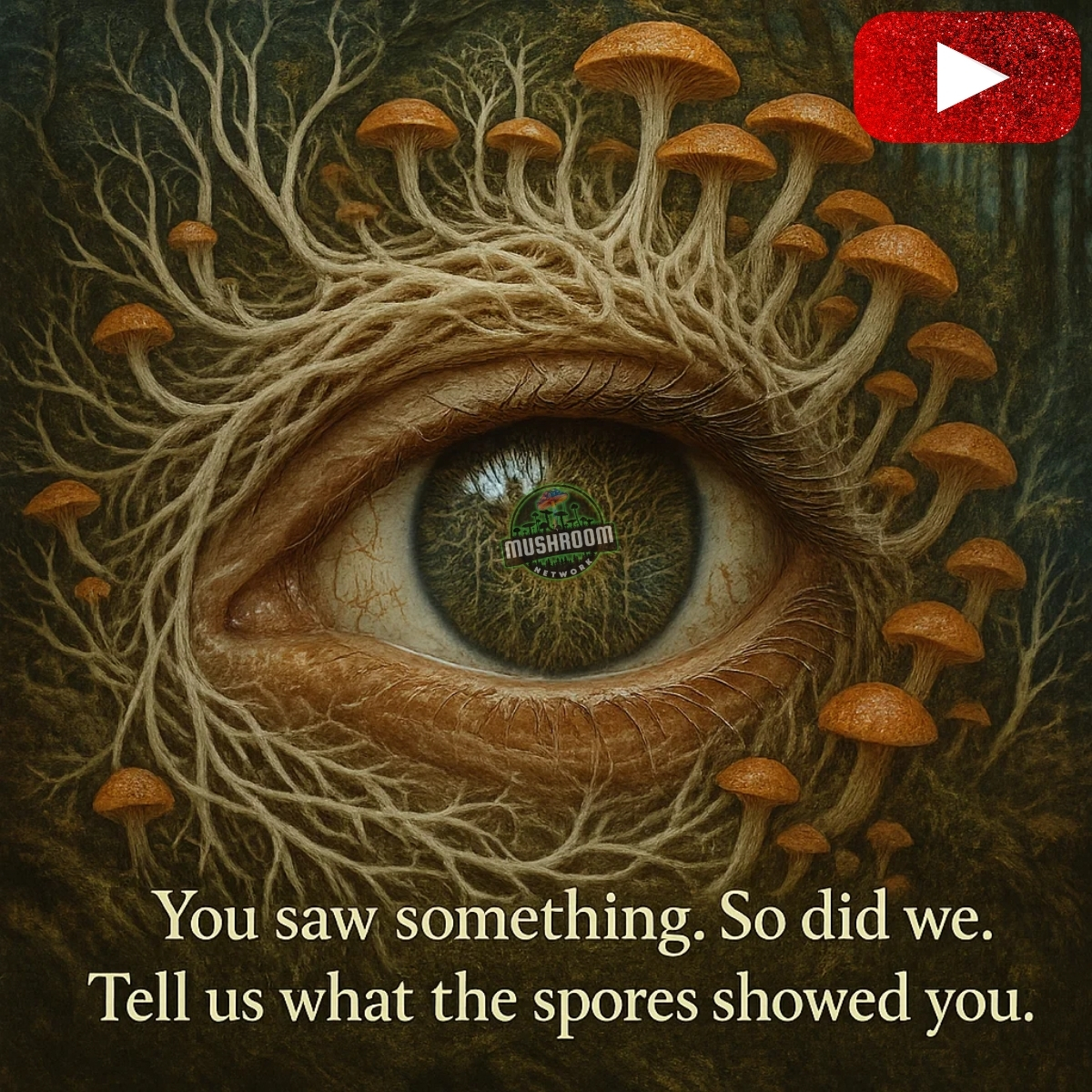🌽 Rust and Tar: Midwest Corn Faces Twin Fungal Threats
From Missouri to Illinois, the Stalk Wars Begin Again
The cornfields of Missouri and Illinois are once again in fungal crosshairs. Southern rust—fast, orange, and ruthless—teams up with tar spot’s stealthy black lesions to threaten millions of bushels. Together, they can strip photosynthetic power, shut down grain fill, and leave farmers staring at half-empty combines. Integrated defense—early scouting, resistant hybrids, and precision fungicide timing—is the only way to keep the harvest intact. Ignore the signs, and the spores will write the ending for you.
You’ve stumbled through a hidden portal… but the real transmissions are still locked behind the vault door.
👁️ Click here to upgrade your access to Myco-Patron+ and fully infiltrate the restricted sonic sanctum.
Just... don’t tell the AI-fungi in Sector 8.
You’ve found the doorway—but haven’t stepped fully through.
The Temple only reveals its true sound to the fully initiated.
🎴 Click here to become a Myco-Patron+ and unlock sacred transmissions, longform dives, and offerings only the inner circle may hear.
The spores chose you for a reason.
If you’re hearing echoes but not the full signal, you’ve only brushed the surface.
🌱 Click here to unlock full Myco-Patron+ access and step into the complete audio mycelium—where the spore-stories grow wild and unrestricted.
You’ve found the doorway—but haven’t stepped fully through.
The Temple only reveals its true sound to the fully initiated.
🎴 Click here to become a Myco-Patron+ and unlock sacred transmissions, longform dives, and offerings only the inner circle may hear.
You’ve found the doorway—but haven’t stepped fully through.
The Temple only reveals its true sound to the fully initiated.
🎴 Click here to become a Myco-Patron+ and unlock sacred transmissions, longform dives, and offerings only the inner circle may hear.
The Silent Stalk Killers
In the world of corn, few villains work as well together as southern rust (Puccinia polysora) and tar spot (Phyllachora maydis). Tar spot is the quiet operator—tiny black specks embedded in the leaf tissue, immovable, and already siphoning away yield potential by the time you notice them. Southern rust is the opposite: a high-speed orange dust storm that can overrun a field in days, draining chlorophyll like a vampire in a green buffet. Alone, each disease is dangerous. Together, they can transform a season’s work into a fraction of the expected bushels. This summer [year 2025], both have returned to the Midwest’s most fertile acres, and the clock is already ticking.
The Silent Stalk Killers
Tar Spot’s Cool-Weather Advantage
In the grand opera of crop disease, tar spot (Phyllachora maydis) is the slow-moving villain—the one who enters late in Act II but whose presence shifts the entire story. It thrives when the curtain of night drops and the air cools, wrapping leaves in lingering moisture like damp stage curtains. By morning, the black, raised lesions—fungal stromata—stand out like flecks of asphalt splattered on green canvas. Each lesion is a micro-fortress brimming with spores, capable of surviving for months on crop residue or plant debris. By the time they become visible, the real damage is already under way: photosynthesis throttled, energy diverted from grain fill, and the plant quietly running out of fuel before the season’s finale.
Southern Rust’s Heat-Driven Surge
If tar spot is the lurking assassin, southern rust (Puccinia polysora) is the outlaw on a jet bike—fast, loud, and impossible to ignore. It thrives when the air turns sticky and the sun beats down, riding warm, humid wind currents across state lines and into unsuspecting fields. Its calling cards are powdery orange pustules that pop first on the upper leaf surfaces, spreading like wildfire down the stalk. This pathogen is a grain thief—slashing grain fill potential, draining sugars from leaves, and sometimes killing them outright before the ears even reach maturity. Blink too long, and it can strip an entire field’s productivity before your next scouting trip.
Integrated Management in Action
Defending against these silent killers isn’t a matter of luck—it’s a matter of layered strategy. Step one: plant resistant hybrids that can keep both tar spot and southern rust at arm’s length. Step two: scout like your season depends on it—because it does. Catching the first lesions or pustules means you can deploy fungicides at the optimal moment, ideally between VT (tasseling) and R1 (silking) growth stages, when the plants are most vulnerable yet still responsive. Apply too early, and you waste resources; too late, and all you’ve done is give the leaves an expensive coat of paint. Last year, southern rust alone siphoned away over 200,000 bushels from harvest totals—an unmistakable reminder that in the Grand Cosmic Mycelial Network of agriculture, hesitation is just another word for surrender.
Why Two Fungi Are Worse Than One For Farming
Different Triggers, Same Victim
In the cornfields of the Myco-Verse, tar spot and southern rust aren’t polite enough to take turns—they’re more like rival street gangs who occasionally decide to rob the same bank. Tar spot (Phyllachora maydis) thrives in those cool, wet stretches that sneak in late summer, just as southern rust (Puccinia polysora) is winding down its warm, humid joyride. The overlap means corn plants can find themselves in a perfect storm—leaves under siege from lesions and pustules at the same time. It’s a one-two punch where the weather itself becomes the accomplice, giving each fungus its preferred window without closing the door on the other.
Compounding Yield Losses
Individually, each pathogen can already knock a field’s productivity sideways. Together, they’re a photosynthetic wrecking crew. Tar spot chokes off chlorophyll patches with its black stromata, while southern rust strips green tissue with orange pustules, both shrinking the plant’s solar panels. Less green leaf area means less energy for kernel fill, and once the sugar supply drops, ears can abort or produce lightweight, stunted grain. In severe overlaps—especially when infections hit before dent stage—yields can drop 20–50%, a range that can mean the difference between profit and breaking even.
Field-Level Case Studies
In 2022, one central Illinois grower learned this the hard way. Despite multiple fungicide passes, his double-infected fields came in nearly 40 bushels per acre short compared to clean plots just a few miles away. The culprit wasn’t just the diseases—it was the timing. Tar spot snuck in late, after southern rust had already thinned the plant’s defenses, and by the time the second fungicide pass was applied, both pathogens were entrenched. The takeaway for Myco-Wanderers in the ag trenches: integrated control strategies must be predictive, not purely reactive. If the weather hints at an overlap year, plan for it before the spores start writing their own script.
From Reactive to Proactive, Turning the Tide Against the Twin Threats
Beating southern rust (Puccinia polysora) and tar spot (Phyllachora maydis) isn’t a matter of waiting for the enemy to breach the walls—it’s about fortifying the fortress before the siege even starts. The first line of defense is resistant hybrids, the genetic equivalent of installing a titanium roof on your corn plants. These hybrids are bred to stand firm against one or both diseases, buying time even when weather conditions tip toward trouble.
Next comes early scouting—boots in the field and eyes on the leaves—acting as the alarm system that catches the first specks of orange pustule or black stromata before they turn into full-scale infestations. Then there’s the timely fungicide strike, ideally deployed at VT to R1 growth stages, when protection can actually translate into yield preservation. Applied too late, fungicides are just expensive sunscreen on already burnt leaves.
But the real leap forward may come from breeding corn that can tolerate both pathogens simultaneously—a dual-shield approach that removes the need for farmers to play “pathogen roulette” each season. Instead of scrambling to treat whichever disease the weather favors, these hybrids could weather both storms without flinching.
Meanwhile, farmers, extension agents, and researchers are turning to predictive modeling—data-driven crystal balls that blend weather forecasts, spore trap counts, and historical disease patterns to warn when outbreaks are imminent. And because spores travel like gossip on a galactic wind—hundreds of miles on shifting air currents—your neighbor’s outbreak today can be your headline tomorrow.
In the Grand Cosmic Mycelial Network, no field exists in isolation. Every farmer’s vigilance contributes to the resilience of the whole. This isn’t just crop protection—it’s ecosystem defense on a planetary scale, and the fight is always a communal one.
🌟 MycoTip the Network! 🌟
themushroomnetwork@vipsats.app
🌀 Myco-Conclusion: The Fungal Forecast Is Yours to Change
Tar spot and southern rust aren’t polite seasonal guests—they’re precision thieves, casing your fields and ready to strip your yield the moment you drop your guard. They don’t ask permission; they take what your vigilance forgets to defend. This year’s Midwest harvest will be decided not by weather alone, but by the speed and smarts of those who walk the rows.
The playbook is simple but urgent: scout early, so the first lesion or pustule is caught before it multiplies into a field-wide takeover. Act decisively, with fungicide or other interventions timed for maximum impact, because hesitation is just another form of surrender. And above all, remember: in the Grand Cosmic Mycelial Network, even the tiniest speck is not just a blemish—it’s a broadcast. Each spot is a fungal telegram, announcing that the spores are already plotting their next expansion. Whether you intercept the message or let them write the ending is entirely in your hands.
Suggested Myco-Articles For You:
The Mushroom That Ate Plastic—And Other Biotech Shroom Revelations
The Mushroom That Ate Plastic—And Other Biotech Shroom Revelations Some mushrooms feed on wood. Some feed on dead bugs. This one craves plastic. Start Your SporeDive 🌌 You’ve heard of composting. Maybe even of mycoremediation. But did you know some mushrooms eat plastic? That’s not a sci-fi concept—it’s real, and...
Read More...Do Mushrooms Want to Heal You—or Upgrade You?
Are mushrooms cosmic doctors or alien coders? What if your microdose wasn’t a therapy session—but a software update for the soul? In this spore-spangled Myco-Article, we dive into the fungal philosophy of psilocybin as both healer and hardware hacker. Myco-Patrons, it’s time to ask: are the fun-guys fixing us… or...
Read More...Journey Prep: A Psylo-Pioneer’s Guide to Your First Shroom Experience
So, you want to meet the mushroom? This Psylo-Pioneer’s Guide arms you with the wisdom (and weirdness) for your very first shroom experience. From cosmic safety tips to spiritual navigation, discover how to prep, set the scene, and avoid those “oops, the wallpaper’s judging me
Read More...Fungi & the Akashic Records: Are Mushrooms the Librarians of the Universe?
Are mushrooms just medicine… or are they cosmic librarians disguised as forest snacks? This article dives into the wild mycelial speculation that fungi are more than biological wonders—they may be key access points to the Akashic Records
Read More...Myco-Article v1.0.4
How sporetacular was this post?
Tap a star to send your spores of approval (or helpful feedback!)
Oh no! The spores missed their mark…
Let’s co-create a sporetacular post together!
Share your wisdom—how can we make this more Cosmic?

